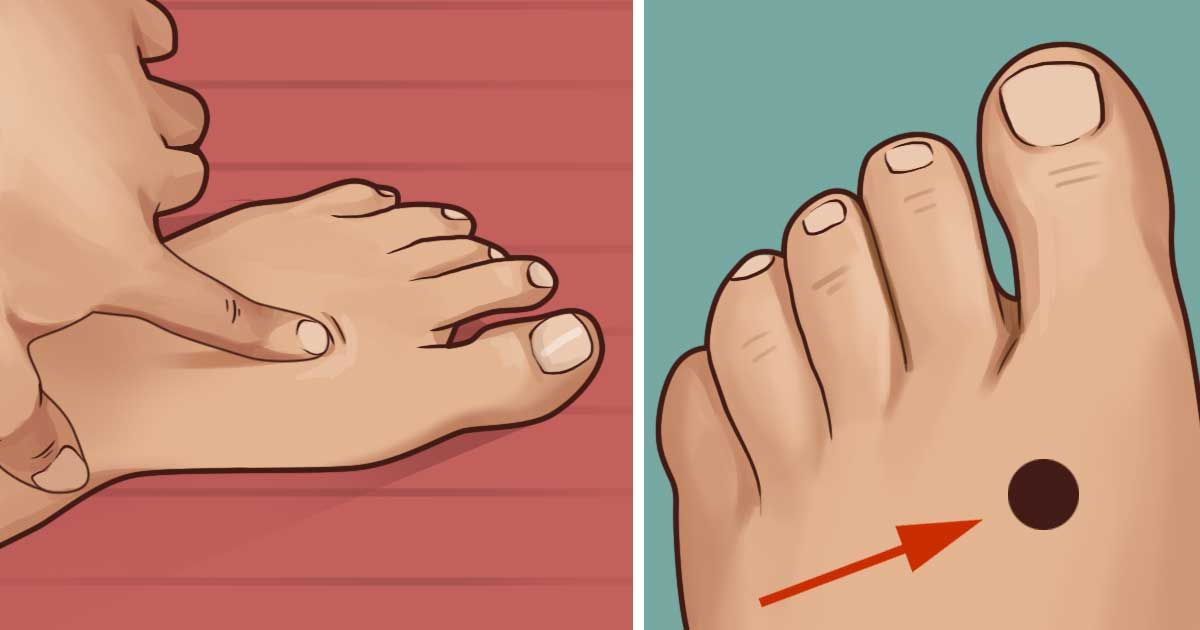With so many Americans suffering from insomnia, wouldn’t life be wonderful if you could push a button and instantly fall asleep? According to Acupuncture.com, applying pressure to key acupuncture points may help improve your quality of sleep and banish insomnia. The Chinese have been using this practice for centuries and freely share the technique with those who care to learn.
Which acupressure points may help you get a better night’s sleep?
Many acupressure points exist on the human body, but three top ones seem to affect sleep. Modern Reflexology explains that the point commonly known as LV3, or the Great Rushing, is considered to be the “one-stop healing point for all problems,” including insomnia. This point is “situated on the fleshy webbing between the big toe and the second toe, on top of the foot.” Explore IM recommends firm pressure on the point for four to five seconds.

Besides LV3, Acupuncture.com states that P6 (Inner Gate) and K1 (Bubbling Spring) are also used in acupressure to treat insomnia. P6 is three finger widths above the wrist, between the tendons. K1 can be found “on the bottom of your foot, at the center of the indentation below the ball of your foot.” The recommendation for P6 is to hold it for five minutes and then release. K1 is to be held for 30 seconds, released for five seconds and held again for 30 seconds. Dr. Maoshing Ni of Acupuncture.com recommends that you repeat the process for five minutes.
Below is an image of the P6:

And this would be K1:

What else can you do to ensure a better sleep?
Besides acupressure, the National Sleep Foundation gives other practical tips for trying to ease stress and get a better night’s sleep. Having a set bedtime and wake time keeps your body in a routine. This helps with breaking an insomnia cycle. Having a “relaxing ritual” before trying to sleep and avoiding taking naps during the day also benefits those who have trouble sleeping at night. Other things to avoid at night are drinking caffeine and alcohol, eating large meals before bed and smoking cigarettes. Giving yourself time to wind down before you try to sleep is a must, and if you can’t fall asleep, the foundation recommends that you go somewhere else and do something else until you feel tired.
None of these actions can guarantee that when you go to bed, you will sleep. But each idea may bring you one step closer to that restful night’s sleep you are looking for. Maybe a little “pressure” in life can be a good thing.
